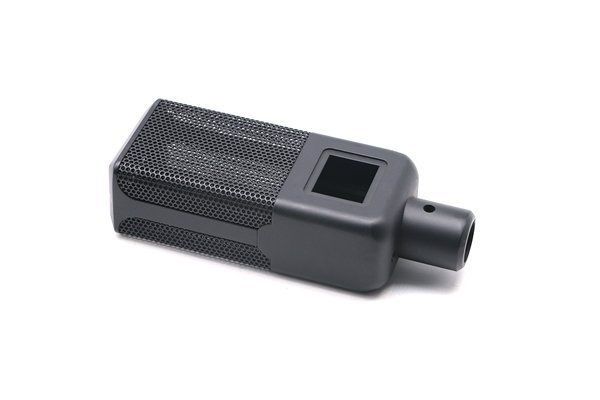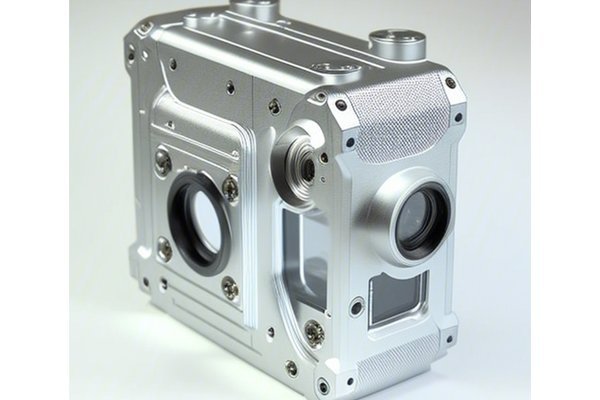*
Did you know that an estimated 70% of design changes occur during the prototyping phase of product development? This staggering figure highlights the complexities and challenges faced by engineers and manufacturers as they strive to bring their concepts to life. The traditional manufacturing processes often lead to design and production errors that can significantly impact timelines, budgets, and overall product quality. Enter CNC prototyping—a revolutionary technology that promises to change the game. But how exactly does CNC prototyping help in reducing design and production errors? In this comprehensive blog, we will delve deep into the world of CNC prototyping, exploring its numerous advantages, the technologies involved, and detailed solutions to minimizing errors throughout the design and production process.
—
What is CNC Prototyping?
Computer Numerical Control (CNC) prototyping is a manufacturing process that utilizes computer-controlled machines to create precise prototypes from various materials. Unlike traditional prototyping methods, CNC machining offers unparalleled accuracy and repeatability, making it a go-to solution for engineers across various industries.
The Process of CNC Prototyping
CNC prototyping transforms digital 3D models into physical objects. This process involves several stages:
—
Before we delve into how CNC prototyping mitigates errors, it’s essential to identify common pitfalls in the design and production stages:
—
3.1 Enhanced Precision
One of the paramount benefits of CNC prototyping is its extraordinary precision. Traditional methods like handcrafting are prone to human error. In contrast, CNC machines operate on programmed instructions, allowing for tolerances as tight as 0.01 mm. This precision translates directly to reducing design errors.
3.2 Rapid Iteration
CNC prototyping allows for rapid iteration of designs. Engineers can quickly make changes to CAD models and produce updated prototypes within hours or days, unlike traditional methods, which can take weeks. This speed enhances the feedback loop, allowing for more design refinements based on real-world testing and analysis.
3.3 Real-Time Testing
With CNC prototypes, testing can happen as soon as a prototype is fabricated. Engineers can assess the physical prototype for structural integrity and design flaws, enabling them to pinpoint problems that may not be apparent in a digital model.
3.4 Collaborative Design Review
Using CNC prototypes facilitates closer collaboration among teams. Visualization of a physical prototype encourages constructive feedback from various stakeholders, ensuring that all voices are heard before moving into full-scale production.

—
4.1 Streamlined Production Process
CNC prototyping eliminates many of the inefficiencies found in traditional manufacturing processes. By moving directly from design to production, companies can avoid unnecessary steps that introduce errors.
4.2 Setup Automation
CNC machines can be programmed to execute complex tasks automatically. This reduces the likelihood of user error during setup and operation, ensuring consistent results across batches.
4.3 Documentation and Standardization
CNC prototyping allows for better documentation of production processes. Each project can be standardized, creating a clear set of guidelines that workers must follow, significantly reducing errors.
4.4 Quality Assurance
CNC machined parts can be subjected to inspections and tests to ensure they meet strict quality standards. Techniques like non-destructive testing can be applied without compromising the parts, ensuring that any defects are caught early.
—
5.1 Material Selection
Choosing the right material is crucial in CNC prototyping. Engineers can utilize various materials, including metals, plastics, and wood, to tailor their prototypes for real-world applications. Proper material selection minimizes the risk of design and production errors based on material characteristics.
5.2 Understanding Material Properties
When using CNC prototyping, it’s vital to understand the physical properties of materials. Behaviors such as expansion, contraction, tensile strength, and elasticity can all influence how a finished product performs. Accurate knowledge helps in preventing errors related to material choice.
—
—
CNC prototyping has emerged as a powerful ally in the quest to minimize design and production errors. By leveraging precision machining, rapid iteration capabilities, and robust quality control, engineers and manufacturers can navigate the complexities of product development more effectively.
As we’ve explored in this blog, understanding how CNC prototypes work and the methods to optimize the prototyping process not only improves final product quality but also enhances productivity while reducing costs. In an era where efficiency and accuracy are paramount, the adoption of CNC technology is not just beneficial but essential.
So the next time you’re faced with the prospect of designing a prototype, remember: embracing CNC prototyping could well be your first step toward error-free, high-quality production. With careful planning and execution, you can turn your innovative ideas into successful products while minimizing associated risks and maximizing your investment.
—






